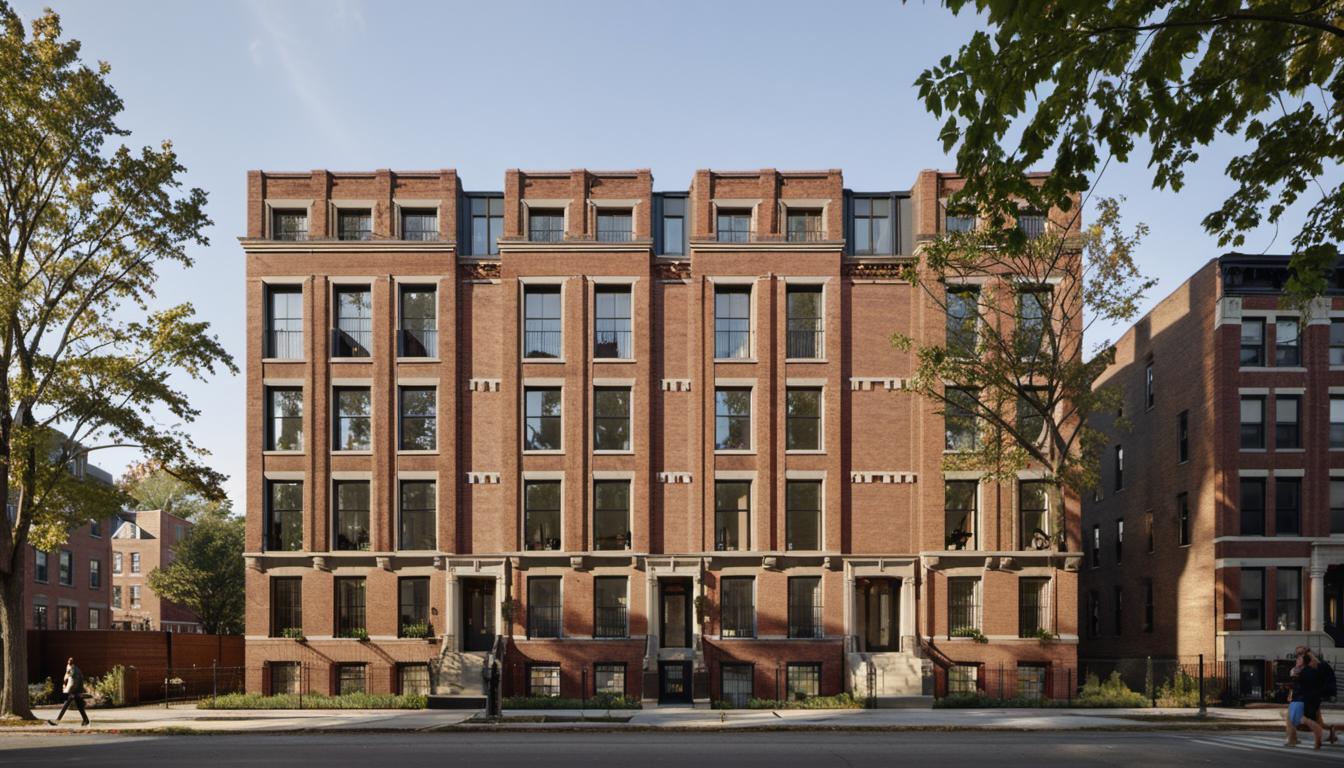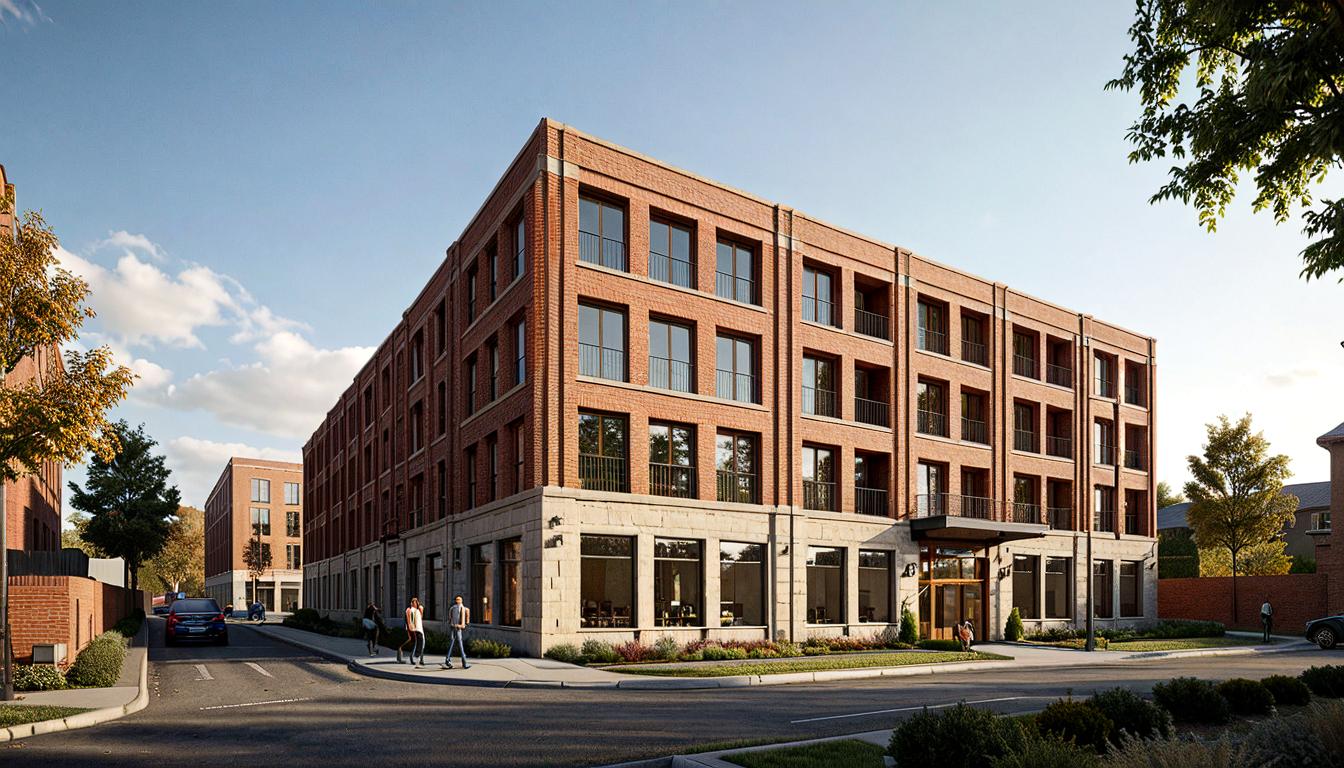Quick Rundown of Architectural Styles in New York
In this easy-to-understand blog post, let’s identify the various architectural styles that helped shape New York’s unique identity over the centuries. These styles include:
- Colonial/Neo-Colonial Architecture: Originating in the 1600s, this style features European-influenced designs with stone, brick, or wooden cladding. Landmark examples include St. Paul’s Chapel and Gracie Mansion.
- Neoclassical/Greek Revival Architecture: Known for its heavy massing and dramatic columns, this style was popular in the early 19th Century, with Federal Hall serving as an iconic example.
- Renaissance Revival Architecture: This style calls to mind the grandeur of classical palaces, featuring ornate patterns and elements. Notable examples include the Plaza Hotel and Carnegie Hall.
- Gothic Revival Architecture: A mid-19th-century style characterized by pointed arches and complex stone or brick traceries, as exemplified by the renowned Trinity Church and Woolworth Building.
- Art Nouveau Architecture: Popular at the turn of the 20th Century, Art Nouveau designs drew inspiration from natural forms with the Little Singer Building standing as a notable example.
- Cast-Iron Architecture: This style utilizes prefabricated cast iron, with the Haughwout Building as a significant example from the 19th Century.
- Beaux-Arts Architecture: This style mixes traditional classicism with Renaissance-inspired decoration, showcased in the New York Public Library and Grand Central Terminal.
- Art Deco Architecture: A style from the 1920s, Art Deco blends geometric patterns with historical allusions, as seen in the Empire State Building and Chrysler Building.
- International Style Architecture: Emerging in the 1950s, this style is known for its simple geometries and the exposed structure, with the UN Building and the Seagram Building as landmark examples.
Exploring Notable Architectural Styles in Detail
In the following sections, we’ll venture into the deeper aspects of each architectural style, touching upon the primary characteristics and observing exemplary structures.
- Colonial/Neo-Colonial Architecture: Dating back to 1600-1800, this style features traditional, European influenced structures. Notable structures like St. Mark’s-in-the-Bowery and Gracie Mansion exhibit this style.
- Neoclassical/Greek Revival Architecture: Known for heavy massing, regimented geometries, and temple-like columns, this style is showcased in Federal Hall and 14 Wall Street.
- Renaissance Revival Architecture: Reminiscent of grand palaces and chateaux, this style incorporates classical patterns and ornate features. Ellis Island, Flatiron Building, and Plaza Hotel are premium examples of this.
- Gothic Revival Architecture: Known for pointed arches, complex tracery, dormers, and turrets made of stone or brick, this style is represented by St. Patrick’s Cathedral and Woolworth Building.
- Art Nouveau Architecture: This style, inspired by natural shapes like plants and flowers, rejects the mechanized repetition of the Industrial Revolution and is represented by the Little Singer Building and New Era Building.
- Cast-Iron Architecture: Known for the use of prefabricated cast iron specifically in the latter part of the 19th century, this style is showcased by 429 Broadway and 448 Broome Street.
- Beaux-Arts Architecture: Fusing the grandeur of classicism with the lightness and ornamentation of the Renaissance, this style can be seen in the Metropolitan Museum of Art and the Farley Post Office.
- Art Deco Architecture: Known for the combination of geometric motifs with historic references, this style is exemplified by the Empire State Building and the General Electric Building.
- International Style Architecture: Represented by simplified geometries, lack of ornamentations, and exposed structure, this style can be seen in the iconic UN Building and Seagram Building.
New York’s Cityscape: Shaped by Architectural Styles
How New York’s Architecture Evolved Over Time
Let’s look at the transformation of architectural styles in New York, starting from the influence of British and Neo-Gothic styles, and then moving on to the impacts of the Industrial Revolution on construction materials and designs.
The Influence of British and Neo-Gothic Styles
From the early days of settlement, the British influence was prominent in New York architecture. St. Paul’s Chapel is one such example, showcasing the common features of the colonial period. Moving forward, Neo-Gothic style became prevalent with its pointed arches and complex traceries, as seen in the Trinity Church and Woolworth Building.
The Impacts of the Industrial Revolution on Construction Materials and Design
Furthermore, the Industrial Revolution brought significant changes to the materials used in construction. It led to a shift from handcrafted technique to machine-based production, resulting in innovations in form and style, such as cast-iron architecture.
Art Deco: New York’s Signature Architectural Style
Moving into the 1920s, Art Deco emerged as the signature style of New York, featuring geometric motifs, historical allusions, and industrial craft. Notable buildings such as the Chrysler Building and the Empire State Building exemplify this style.
New York’s Iconic Buildings: St. Paul’s Chapel, Trinity Church, Chrysler Building
Significant structures like St. Paul’s Chapel, Trinity Church, and Chrysler Building define the city’s landscape, demonstrating the city’s history and evolution through the looking-glass of architectural styles.
The Onset of Art Nouveau and Art Deco in the Modern Era
In the modern era, New York City has seen the rise of new styles like Art Nouveau and Art Deco. Known for their natural ornaments and elaborate decorations, these styles can be seen in iconic city landmarks, the Empire State Building and the Rockefeller Center.
Modern Architecture at its Best: Empire State Building, Rockefeller Center
The Empire State Building and Rockefeller Center stand as testament to the modern architectural styles that New York has to offer, embodying the evolved aesthetics and innovative design concepts that have become iconic in the city’s skyline.
Frequently Asked Questions About New York Architecture
This section addresses common inquiries related to the architectural styles in New York, their evolution over the years, and the city’s impact on architectural history.
- What are some of the prominent architectural styles in New York? New York is home to a wide variety of architectural styles, including but not limited to, Colonial, Neo-colonial, Neoclassical, Gothic Revival, Art Nouveau, Cast-Iron, Beaux-Arts, Art Deco, and International Style.
- What is the significance of New York City in architectural history? New York stands as a major global city with a rich architectural history, playing a significant role in the emergence and development of many architectural styles.
- How has New York’s architecture evolved over the years? The architecture in New York has evolved from the early British influences seen in Colonial style to the ornamental and geometric patterns seen in the later Art Deco style.
- How have the materials used in construction changed in New York over time? The earliest constructions were mainly of timber, but the materials used changed over time, with brick and stone becoming predominant due to their durability.
- What major architectural developments were facilitated by the invention of elevators? The invention of elevators played a crucial role in the construction of skyscrapers, enabling multi-story buildings and transforming the city’s skyline.
From Colonial to Neo-Gothic and Art Deco to the International Style, the evolving architectural styles in New York have not just shaped the city’s skyline, but also its identity, making it an inimitable metropolis in the world.






